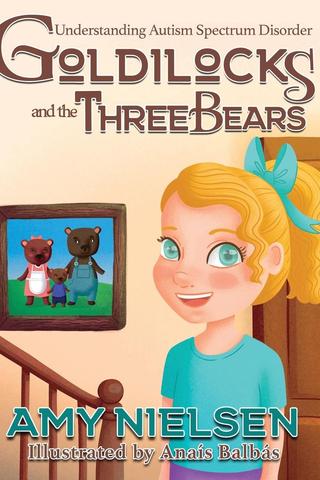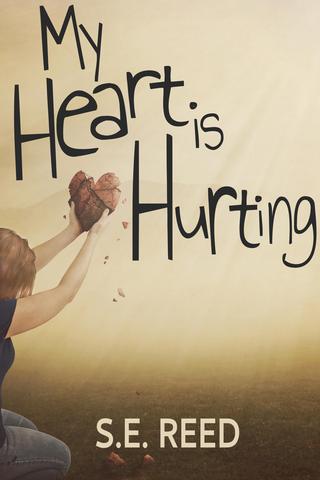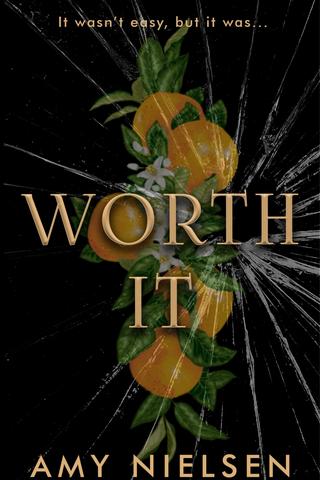 Mayflower20 writer
Mayflower20 writer
Amy Nielsen is a former youth librarian of twenty years. Daily immersion in story took root and she penned her young adult debut WORTH IT behind her checkout desk. Amy is also a literary agent at The Purcell Agency.
Stories

|
Goldilocks and the Three Bears: Understanding Autism Spectrum Disorder by Amy Nielsen We all know the story of Goldilocks and the Three Bears. But what you may not know is that this familiar fairytale can also help us understand autism spectrum disorder. As a mother of a child with ASD, Amy struggled to find materials to share with her son’s cousins and peers on the complexities of ASD, what to expect, and how to interact and have fun with a person on the spectrum. So, she created her own! Goldilocks and the Three Understanding Autism Spectrum Disorder is a retelling of a beloved classic. In this unique version, Goldilocks exhibits many of the characteristics of a child with autism, such as sensory sensitivities and challenges in understanding social norms. As an added bonus, this one-of-a-kind story includes an ASD glossary of terms as well as discussion questions. It is perfect for libraries, classrooms, families of children with autism, or readers of all ages who want to learn more about ASD. While every person’s autism presents differently, Goldilocks’ autism can help the reader understand the autism of someone they know a little better. |
Reviews

|
My Heart is Hurting by S.E. Reed
Worldbuilding: Aided the story
Plot: Straightforward Characters: Roles are clear
Storytelling: Descriptive
Immersion: Didn’t want to put the book down Emotional Response: Strong emotions
Thought Provoking: Did some research after reading
Cover: Matches the story well In My Heart is Hurting, S.E. Reed masterfully tells the heart-breaking and eventual heart-warming story of smart and sassy Florida native 15 y/o Jinny Buffett. To cope with the harsh realities of her mother’s neglect and abandonment, Jinny secretly pours herself into her love of Reviewed on |

